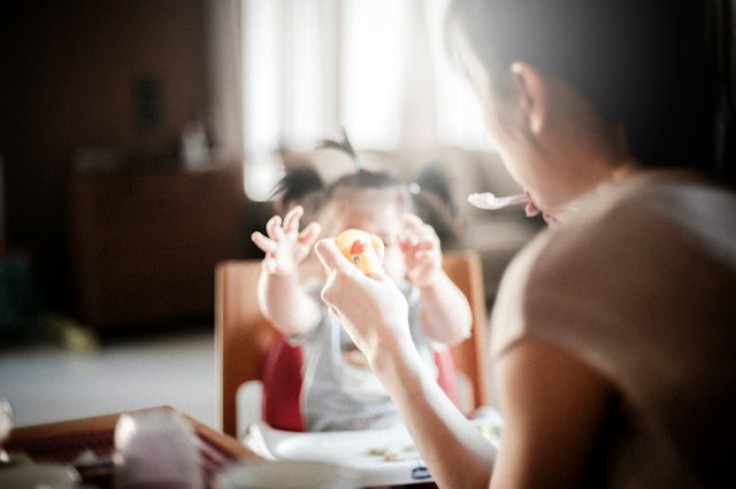
Transitioning your baby from breast milk or formula to solid foods is a significant milestone in their development. Baby-led weaning is a method that allows babies to control their solid food consumption by "feeding" themselves from the very start of weaning. The idea behind baby-led weaning is that it promotes healthy eating habits and improves dexterity and hand-eye coordination. If you're considering this approach, here are some essential tips and tricks to make the process smoother and more enjoyable for both you and your baby.
Baby-led weaning involves introducing your baby to a variety of solid foods and letting them pick up and eat the food themselves. This method differs from traditional weaning, where babies are spoon-fed purees.
Baby-led weaning encourages babies to explore food at their own pace and develop skills to chew and swallow.
When to Start Baby-led Weaning
The World Health Organization recommends starting weaning around six months of age. Look for signs that your baby is ready, such as being able to sit up unaided, showing interest in food, and having the ability to grasp objects and bring them to their mouth.
Safety First
- Choking Hazards: Always be aware of the size and shape of the food you offer. Avoid hard foods like raw carrots or apples and small, round foods like grapes unless they are cut into smaller pieces.
- Supervision: Never leave your baby alone while eating. Stay close and be vigilant to prevent choking.
- Allergies: Introduce new foods one at a time and wait a few days before introducing another to monitor for any allergic reactions.
Choosing the Right Foods
- Soft and Easy to Grip: Start with soft foods that are easy for your baby to hold and chew, such as steamed vegetables, ripe fruits, and soft-cooked meats.
- Finger Foods: Cut food into manageable sticks or pieces that your baby can hold in their fist with a bit sticking out to bite.
- Nutritious Options: Focus on iron-rich foods like meats and fortified cereals, as well as a variety of fruits, vegetables, and grains.
Tips for a Successful Baby-Led Weaning Experience
- Patience is key. Remember, Baby-led weaning is a learning process for your baby. It might be messy and slow at first, but it's important to be patient.
- Eat Together: Make mealtimes a family affair. Babies learn by imitating, so eating together can encourage them to try new foods.
- Offer Variety: Provide a range of foods to expose your baby to different textures and flavors. This can help prevent picky eating later on.
- Respect Your Baby's Appetite: Let your baby decide how much to eat. Trust their ability to regulate their appetite.
- Stay Positive: Keep mealtimes positive and stress-free. Avoid pressuring your baby to eat.
Dealing with Mess
Baby-led weaning can be messy as your baby learns to handle food. Use a wipeable high chair, place a mat under the chair to catch dropped food, and don't be afraid to let your baby get a little messy.
Baby-led weaning is an exciting journey that can foster a positive relationship with food from a young age. It encourages independence, develops motor skills, and can be a fun experience for your baby. Remember, every baby is different, so what works for one may not work for another. Stay flexible, consult with your pediatrician, and, most importantly, enjoy this special time with your little one as they explore the world of food.